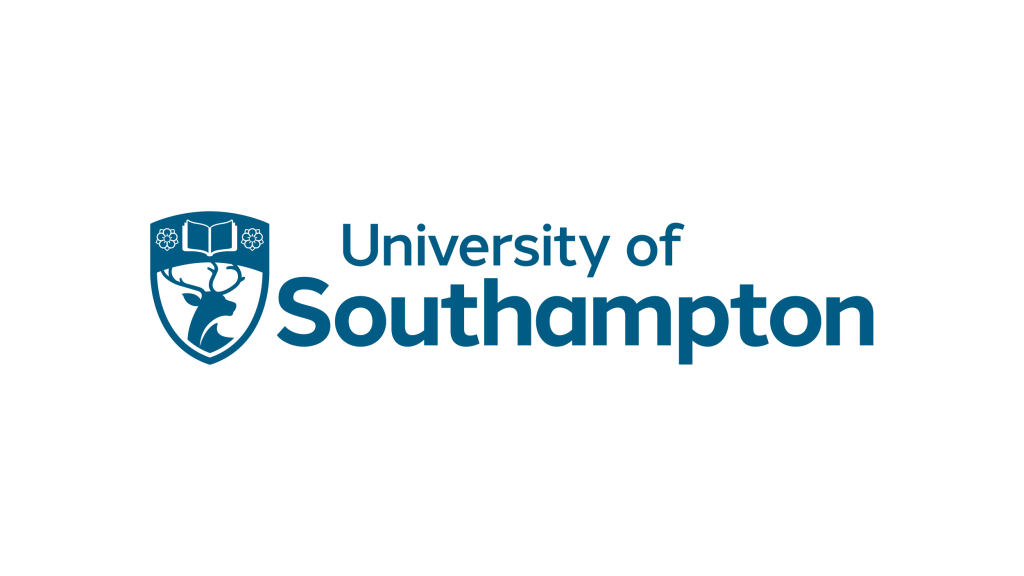
Francesco Shankar, coordinator

Francesco Shankar is Professor of Astrophysics at the University of Southampton. After obtaining his PhD at SISSA, he moved for a postdoc to the Ohio State University, to the Max Planck Institute for Astrophysics as an Alexander von Hulmboldt Fellow, and then to the Observatoire de Paris as a Marie Curie Fellow. He then joined the Department of Physics and Astronomy in 2013. Prof Shankar’s research revolves around the theoretical modelling of galaxies, their central supermassive black holes, and their host dark matter haloes. He pioneered in the phenomenological modelling of galaxies and black holes based on a combination of abundance matching and continuity equation techniques. He has now started a group in extra-galactic astronomy aimed at specifically constraining the evolutionary channels of early-type, bulged galaxies and supermassive black holes via advanced semi-empirical models. The latter are characterized by a “bottom-up” approach: The least possible assumptions and associated parameters are initially included in the models which are otherwise informed by a number of independent observations.
Key interests: Semi-empirical and phenomenological modelling of galaxies, supermassive black holes and dark matter haloes.
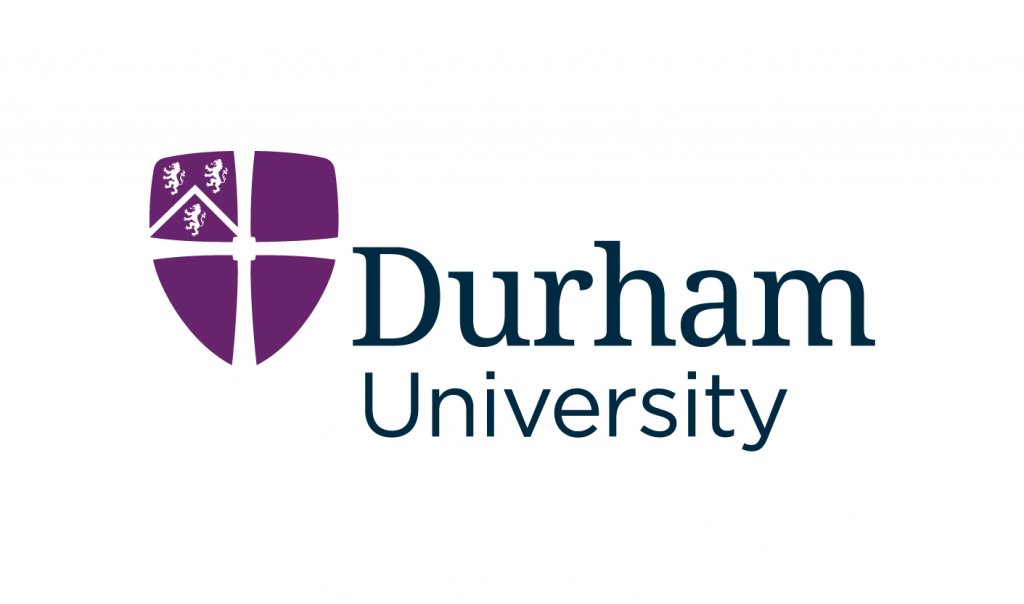
David Alexander
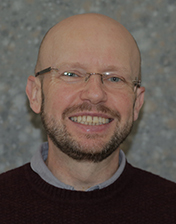
Prof David Alexander obtained his PhD in 1999 at the University of Hertfordshire in the United Kingdom and joined the faculty at Durham University in 2006. He is currently the Head of Astronomy at Durham University and the Director of the Centre for Extragalactic Astronomy. He is an observational astronomer and his primary interests lie in the properties and evolution of quasars and AGN and their connection to the growth of galaxies. He has co-written three review articles on the topics of “What Drives the Growth of Black Holes?“, “Cosmic X-ray Surveys of Distant Active Galaxies“, and “Obscured Active Galactic Nuclei“. In addition to his research interests he also enjoys co-organising AGN conferences through the Durham-Dartmouth workshop series every two years with former group member Prof Ryan Hickox.
Key interests: Constructing a complete census of AGN; testing the evolutionary model for quasars; exploring the association between AGN activity and star formation in galaxies; investigating the impact of AGN-driven outflows on the growth of galaxies; and determining whether AGN are special!

Silvia Bonoli
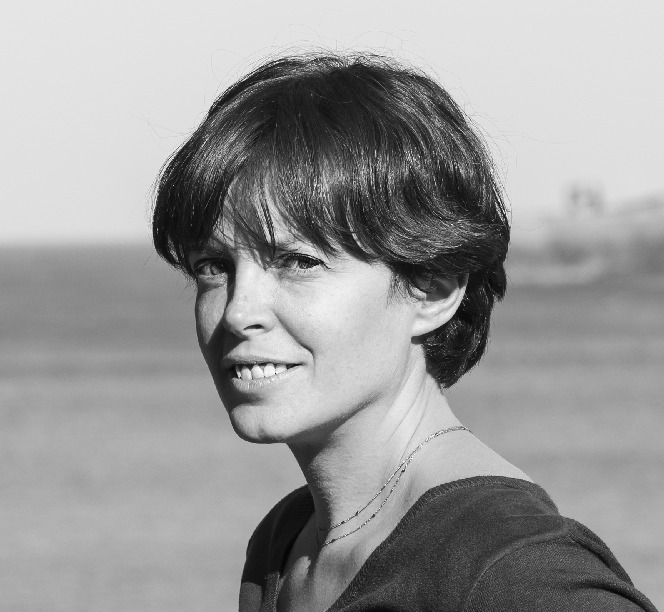
Silvia Bonoli obtained her PhD in 2010 at the Max Planck Institute for Astrophysics in Garching, Germany. After two short postdocs at the University of Zurich and Stanford University, she was appointed staff scientist at CEFCA, in Teruel, Spain. Since 2018 she is Ikerbasque Research Fellow at the Donostia International Physics Center, in San Sebastian, Spain. She has worked primarily in the formation and evolution of supermassive black holes using semi-analytical models of galaxy formation and hydro simulations. In the last few years she got deeply involved in the J-PAS multi-band photometric survey, of which she is science co-coordinator since 2018.
Key interests: Joint evolution of black holes and galaxies (observation and theory), Clustering of dark matter halos, galaxies and AGN, Seed back holes and first quasars, Large galaxy survey.
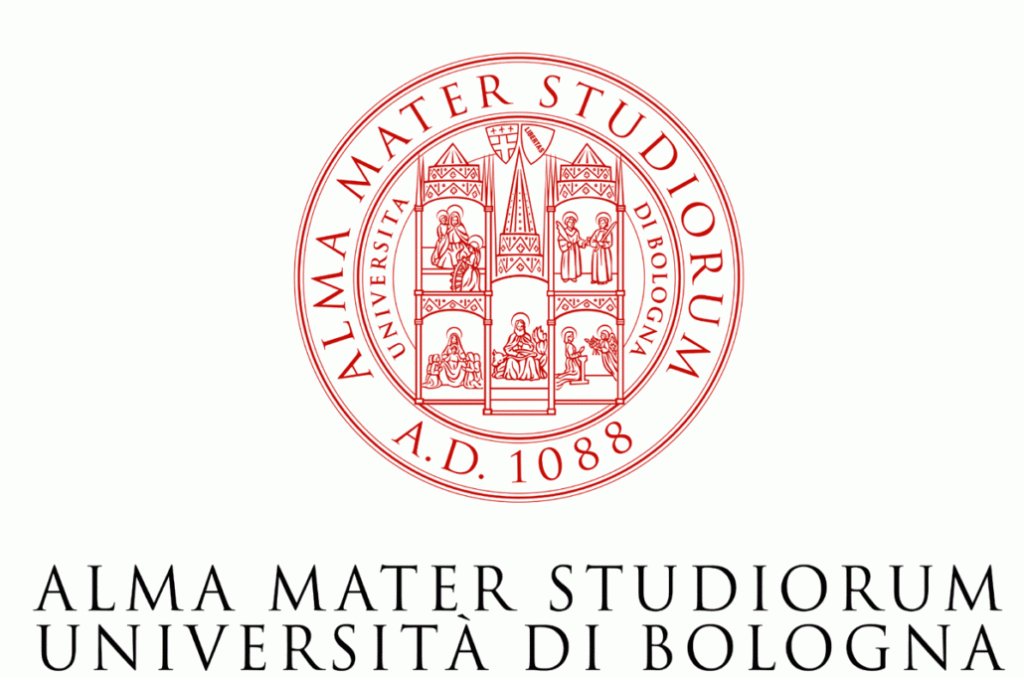
Marcella Brusa

Dr Marcella Brusa joined the Università di Bologna in 2012, becoming an Associate Professor in October 2019. Her research interests are in the field of extragalactic astrophysics, and in particular the study of physical and evolutive properties of Active Galactic Nuclei (AGN) through multiwavelength surveys and on the feedback effects of galaxies and AGN. She is involved in a number of national and international research projects including COSMOS, CDES, VANDELS, Euclid and eROSITA, and has collaborated with various European research institutes including Max Planck Institute for Extraterrestrial Physics and the European Southern Observatory in Garching, Germany.
Key interests: Joint evolution of black holes and galaxies (observation), Multiphase outflows and feedback in AGN, obscured AGN, X-ray and multiwavelength AGN surveys.
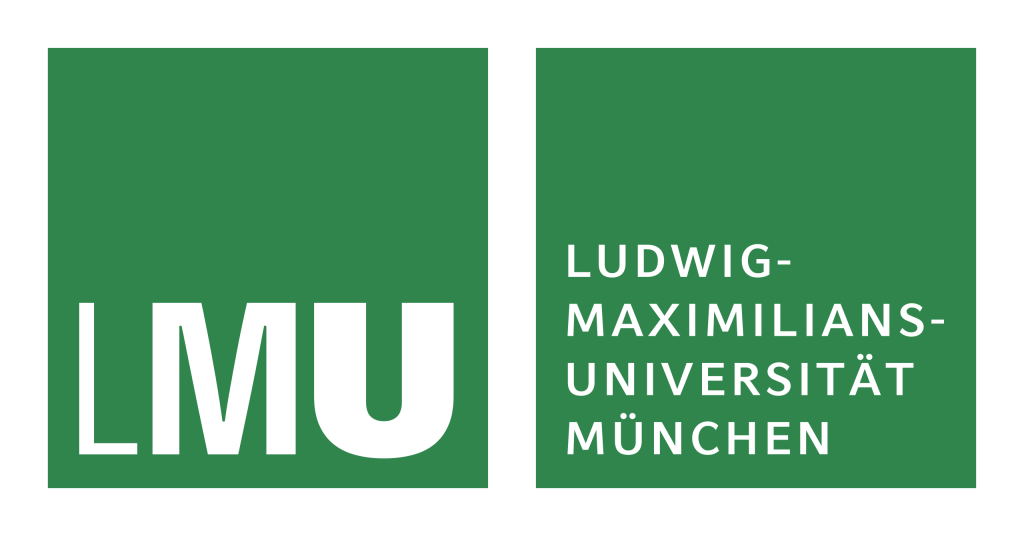
Klaus Dolag

Dr Klaus Dolag finished his PhD in 2000 at the Max Planck Institute for Astrophysics in Garching, Germany, and since 2010 is a staff member of the computational astrophysics section at the Ludwig Maximilian University Munich. He has long standing experience in numerical algorithm and code development. Throughout his scientific carrier he has been focused on forefront simulations of galaxy clusters and large scale structures. He has been the first to include the treatment of magnetic fields in cluster formation simulations and did pioneering work within various, cosmological simulations campaigns, among them performing the (still) world largest cosmological, hydro-dynamical simulation, so called Magneticum Pathfinder. Since 2017 he is head of the Computational Center for Particle and Astrophysics (C2PAP) which is part of the the Cluster of Excellence Universe and its successor Origins.
Key interests: Computational Astrophysics, Magnetic Fields, Cosmology, Clusters of Galaxies, Hydrodynamical Simulations, Galaxy Evolution, and AGNs.
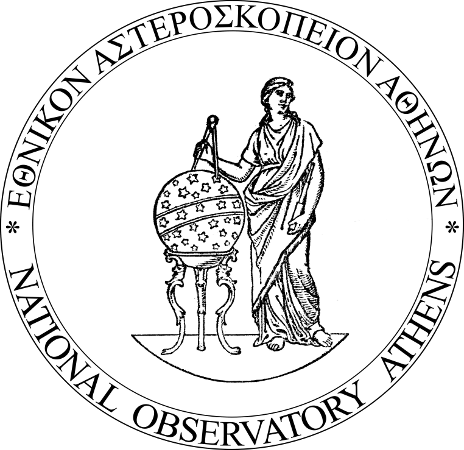
Antonis Georgakakis

Antonis Georgakakis is a Senior Researcher at the Institute of Astronomy Astrophysics, Space Applications and Remote Sensing of the National Observatory of Athens. He obtained his PhD in Astrophysics from Imperial College London in 1998. He is interested in observational studies of AGN to constrain their cosmological evolution, explore their interplay with their host galaxies and their distribution on the cosmic web. He is member of the eROSITA German Consortium and co-chair of Science Working Group “Understanding the build-up pd SMBH and galaxies” of the Athena X-ray observatory.
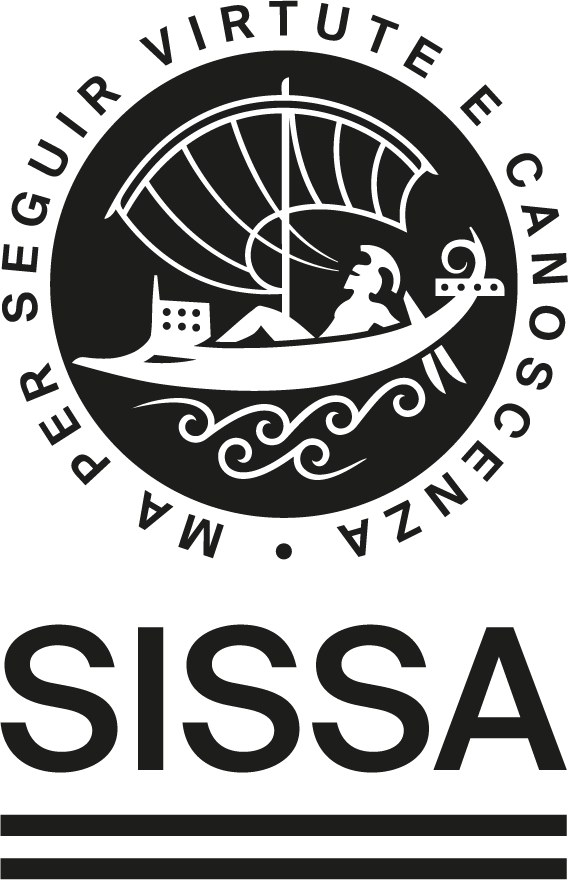
Andrea Lapi

Andrea Lapi obtained his PhD in 2004 at University of Rome “Tor Vergata”. Since 2015 he is associate professor at SISSA, Italy, and in 2018 head of the Astrophysics and Cosmology Group and coordinator of the corresponding PhD, supervising 20 students so far. His expertise is in theoretical and phenomenological models of galaxy formation and evolution. He was one of the first to investigate the impact of AGN feedback in galaxy and galaxy cluster formation, and to propose an in-situ coevolution scenario for the evolution of massive galaxies and supermassive black holes. He recently designed a comprehensive picture for the evolution in size and kinematics of early-type galaxies and of their starforming progenitors at high redshift. Andrea has also worked on thermodynamics of the intracluster medium, on statistics of dark matter halos via excursion set formalism, on the interpretation of submm/far-IR data from the Herschel satellite, on the kinematical modelling of spiral galaxies, on models of cosmic reionization also as a probe of dark matter microphysics. His current research involves cross-correlation studies between CMB lensing and galaxy surveys, efficient build up of simulated halo and galaxy catalogues as a preparatory work for Euclid and SKA, cosmological rates of gravitational waves from stellar compact binaries in view of the current LIGO/Virgo detector and of the next-generation Einstein telescope, and the formation of black hole seeds from intermediate/extreme mass ratio in spirals in the perspective of the future LISA science.
Key interests: Galaxy formation and Evolution, Cosmology and Large-Scale Structure, Dark Matter, and Gravitational Waves.
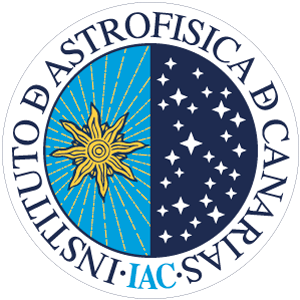
Cristina Ramos Almeida
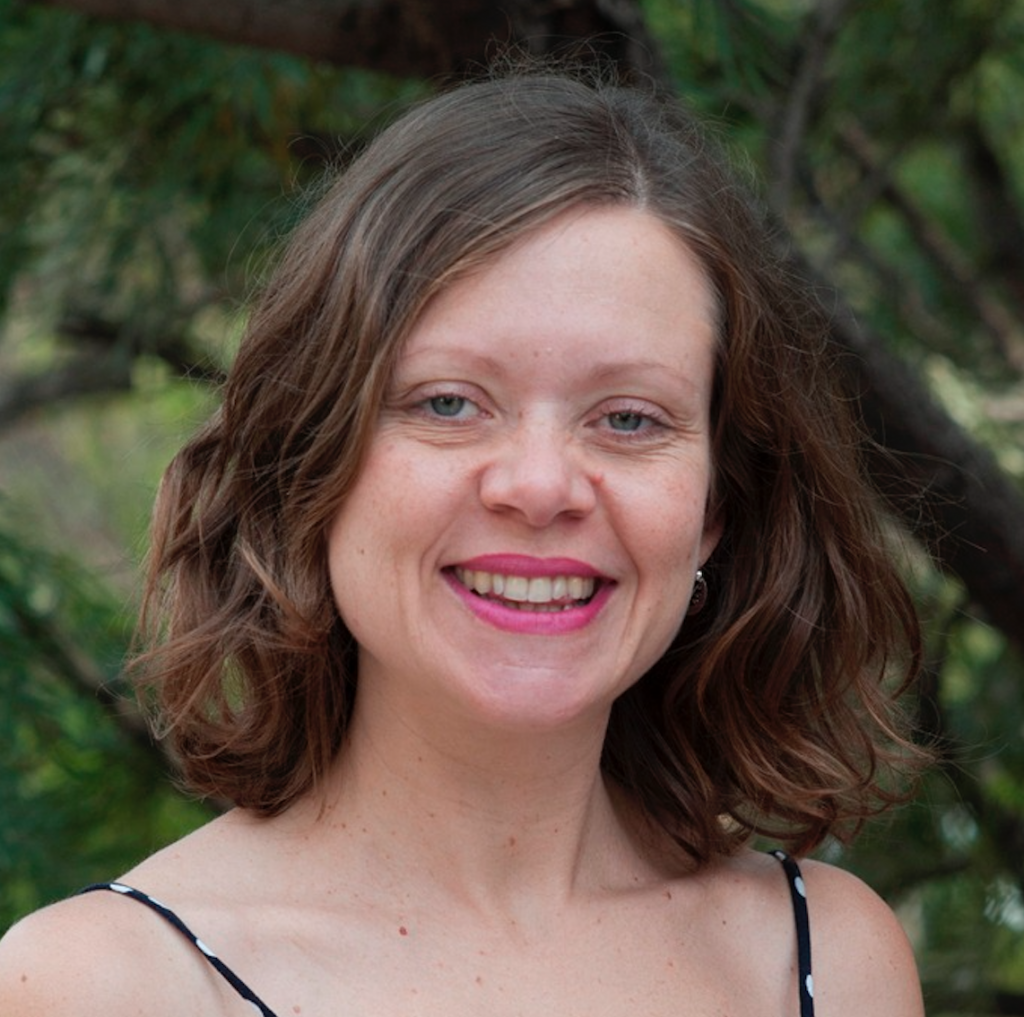
Dr Cristina Ramos Almeida is a Ramón y Cajal researcher at the Intituto de Astrofisica de Canarias (IAC). Born in Santa Cruz de La Palma, Spain, she studied Physics at the University of La Laguna (ULL) and then did her PhD at the IAC. In 2009 she moved to the United Kingdom for two years to work as a postdoctoral research associate at the University of Sheffield. Back at the IAC in 2011 as a research fellow and then awarded a Marie Curie intra-European fellowship. Today she is the principal investigator of the IAC research group Actividad Nuclear en Galaxias: una Perspectiva 3D del Núcleo y su Entorno.
Key interests: Active galactic nuclei, galaxy evolution, nuclear obscuration in AGN, feeding and feedback.
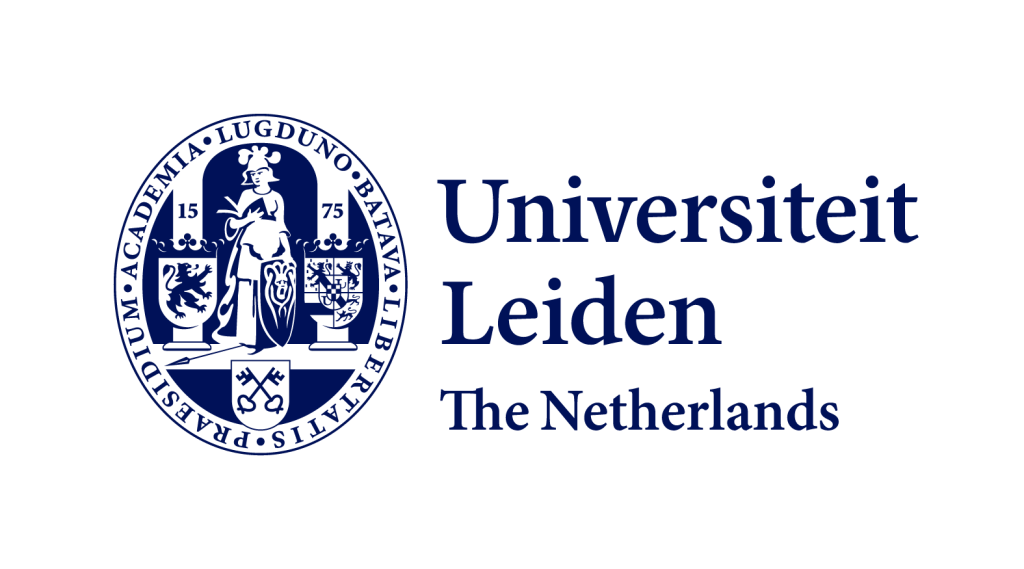
Joop Schaye

After finishing his PhD in 2000 at the University of Cambridge, Joop Schaye spent nearly five years at the Institute for Advanced Study in Princeton, USA before joining the faculty at Leiden Observatory and becoming a full professor in 2011. Schaye works on simulations and observations of galaxies and the intergalactic medium. He has led multiple international simulation projects, including OWLS and EAGLE. In addition to the simulation work, he has developed analytic models and has led observational campaigns to study the connection between galaxies and the gas around them.
Key interests: Galaxy formation, cosmology, and computational astrophysics.

Carolin Villforth
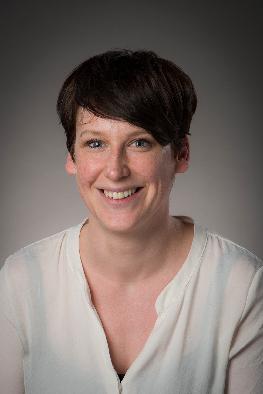
Dr Carolin Villforth is a lecturer (associate professor) at University of Bath. She received her PhD from University of Turku, Finland in 2011. During her PhD she worked as a student support astronomer at the Nordic Optical Telescope and a graduate research assistant at Space Telescope Science Institute. After completing her PhD, she joined the University of Florida as a postdoctoral researcher and the University of St Andrews as a SUPA Advanced Fellow. She joined the astrophysics group at the University of Bath in 2015.
Key interests: Active Galactic Nuclei, Galaxy Evolution, Supermassive Black Holes, and Galaxy Morphologies.





